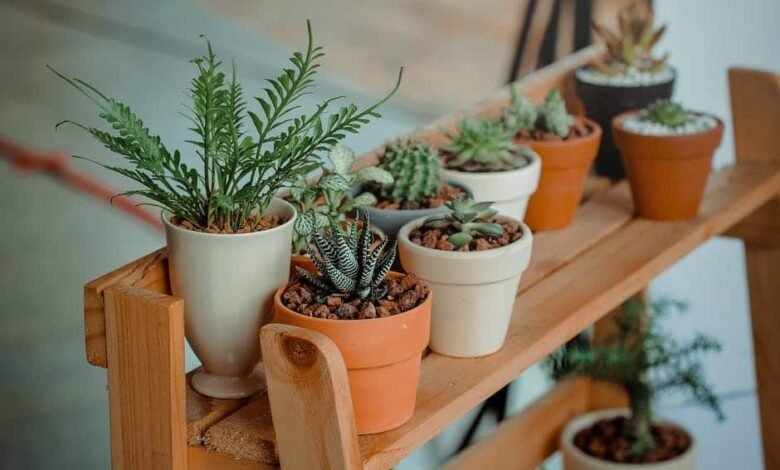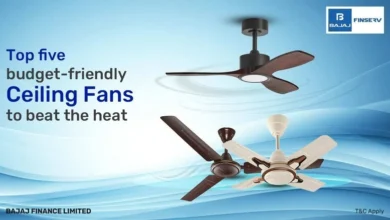
Are you looking to add some greenery to your space but don’t know where to start? With so many different types of indoor plants available, it can be overwhelming to choose the right one.
Don’t worry! In this post, we’ll break down everything you need to know about buying and caring for a variety of indoor plants. So, get ready to become a houseplant aficionado with our declassified guide on how to buy different indoor plants!
Read on!
Consider Your Lighting
Different plants have different lighting needs, so it’s important to choose the right one for your space. Assess the natural light in your home. Does your space get a lot of direct sunlight?
If so, you’ll want to look for plants that thrive in bright, direct light such as succulents or cacti. On the other hand, if your space doesn’t receive much natural light, opt for pot plants that can survive and even thrive in low-light conditions like snake plants or ZZ Plants.
Look at the Plant’s Growth Habit
When it comes to choosing indoor plants, taking the time to study their growth habit is essential. This will ensure that you select a plant that can thrive in your home environment, while also being able to accommodate its size and shape.
One of the first things you should consider is how tall and wide the plant can grow. Some houseplants have a compact growth habit, while others are climbers or have trailing stems. Additionally, some plants may require support as they grow taller or wider.
Check the Soil and Pot
You don’t want to bring home a plant only to find out that it’s struggling because of poor soil or drainage issues. Here are some things you should consider when checking the soil and pot before purchasing a houseplant.
Take a close look at the soil in which the plant is growing. The texture of the soil can tell you whether it’s well-draining or not. If it looks dense and compacted, there may be drainage problems, which could lead to root rot down the line. On the other hand, if it looks too sandy, water might drain too quickly without being absorbed by roots.
Check for Pests and Diseases
Pests and diseases can be a real problem for indoor plants. If you’re not careful, they can quickly destroy your houseplants and leave you with nothing to show for your efforts.
One of the most common pests is spider mites. These pest are difficult to spot, but they can cause serious damage if left unchecked. Look out for small brown or yellow spots on your plant’s leaves or webbing between the leaves.
Consider Your Focal Point Twist
The type of home and the temperature, sunlight, and humidity levels are all factors to consider when choosing the appropriate plant species. Indoor houseplants come in a variety of shapes, sizes, and colors, so it’s important to select one that fits your aesthetic and needs.
Consider mixing and matching indoor plants with the best outdoor furniture to create a space that is both functional and stylish. There’s nothing wrong with going in style by adding outdoor furniture with indoor plants together as your focal point.
Explore Different Types of Indoor Plants
Whether you’re looking to add some greenery to your living room or brighten up your office space with a touch of nature, there are many different types of indoor plants to choose from. With careful research and attention to detail, you can find the perfect plant that suits both your aesthetic preferences and practical needs.
Visit our blog for more articles.






